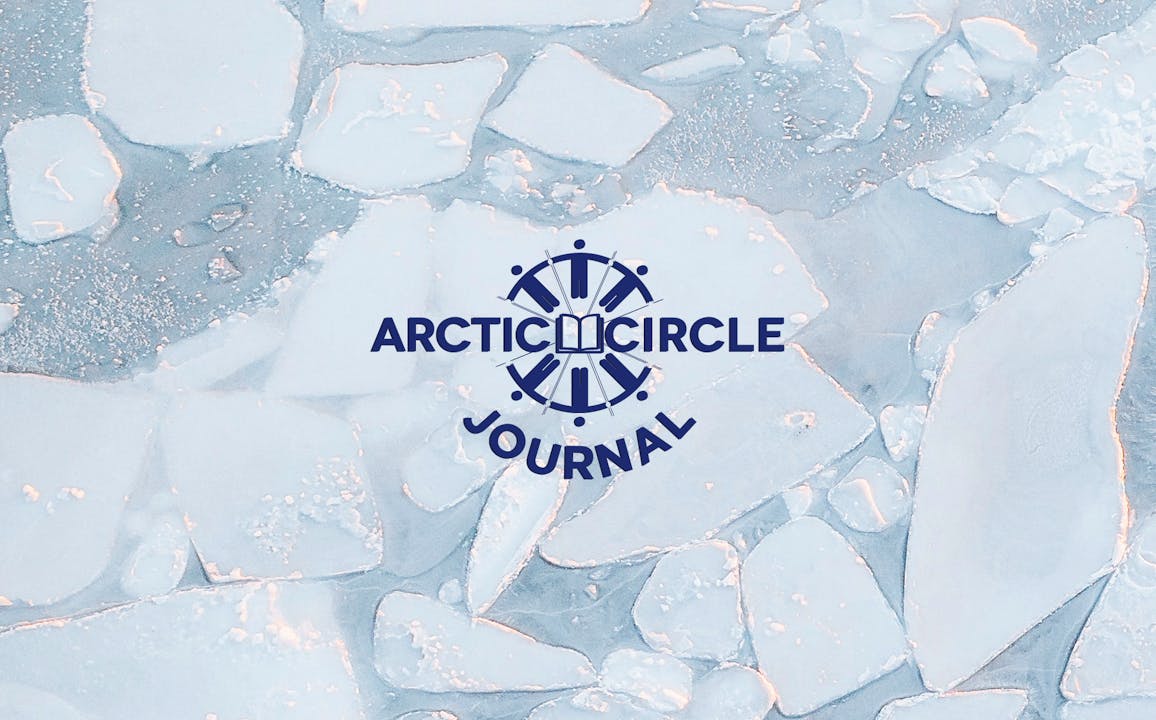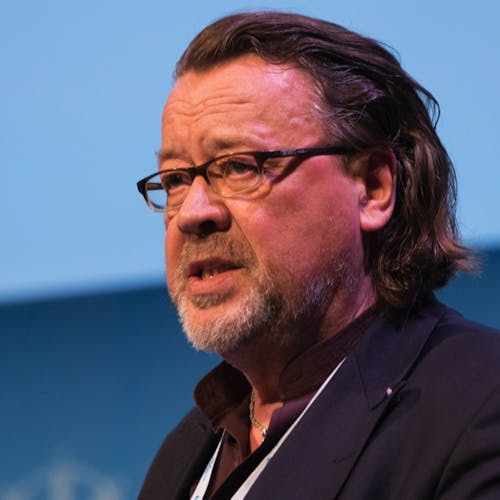Summary
This is the first version of a written Calotte Academy’s history, the completed version will be published in the autumn of 2021 as part of the book “Selected Articles from Calotte Academy”. As history is often told chronologically, the story starts from the first event and goes towards the present time. Each annual academy, grouped into three phases, is briefly described including theme(s), route, locations and feelings, as well as a summary of presentations and discussions.
After this retrospective overview the aims, methods, procedure and structure of the Academy are analyzed, and finally, outcomes and achievements specified and discussed.
In a nutshell, the Calotte Academy is an annual international travelling symposium and an interdisciplinary academic seminar on Northern and Arctic issues with high expertise and policy orientation, as well as strong educational and training components.
The first event took place on May 23-24, 1991 at Jeera (of Saami Education Institute) in Inari, Finnish Lapland - and since then it has been organized annually. This makes the Academy one of the oldest on-going international academic institutions on circumpolar northern issues, and the oldest with sessions located in the Arctic region. An Inari-based project from the outset, the Academy acted as Inari’s special higher education component. It is a perfect example of the interplay between science, politics and business, and a ‘global- local’ interplay.
The Academy has also been surprisingly resilient. It has endured as an international scientific seminar and school of dialogue on a wide variety of overarching themes of circumpolar and Arctic studies addressing globally, regionally and locally relevant issues.

